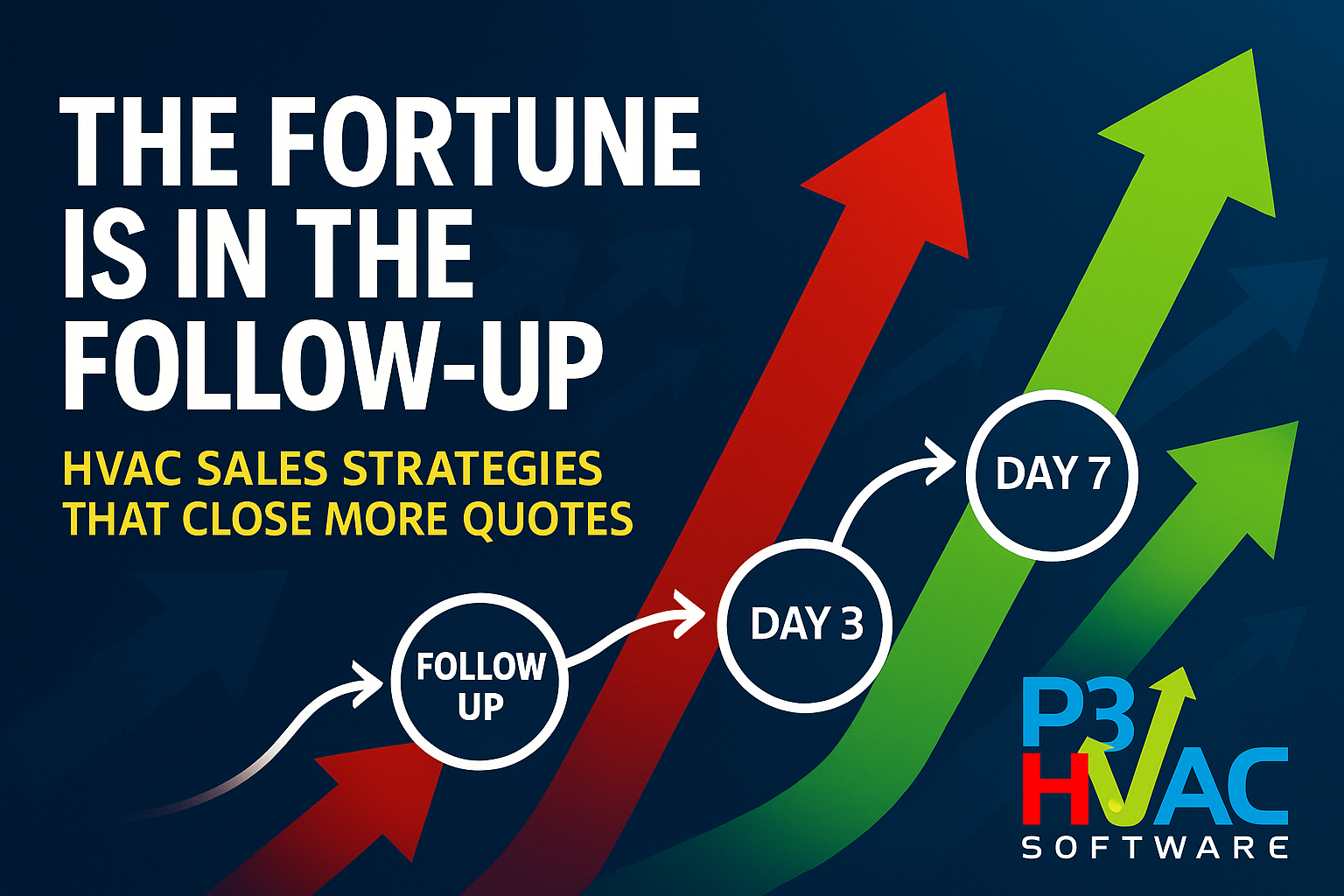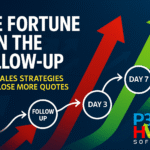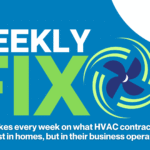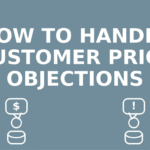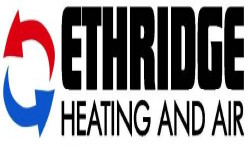By Brian Starzec, President, P3 HVAC Software
The Fortune Is in the Follow-Up: HVAC Sales Strategies That Close More Quotes
The Fortune Is in the Follow-Up
In today’s HVAC market, quality work and reputation are important — but they’re not enough. The most successful contractors understand that their greatest growth doesn’t come from more leads — it comes from better follow-up.
Many HVAC owners avoid following up after sending a quote because they don’t want to seem pushy or desperate. But silence from a customer doesn’t mean rejection — it often means distraction. Following up is not about begging for business; it’s about being professional and consistent.
Why Many HVAC Contractors Lose Easy Sales
The old-school mentality of “If they want it, they’ll call” costs HVAC businesses thousands in lost revenue every year. Customers today are busier and more distracted than ever — juggling family, work, and finances. Even when they’re ready to move forward, it’s easy for your estimate to get buried in their inbox or forgotten on the kitchen counter.
Failing to follow up doesn’t protect your reputation — it hands the job to your competitor.
Follow-Up Is a Sales Skill, Not a Sales Pitch
A follow-up isn’t a sales call — it’s a service call for your sales process.
Top HVAC businesses win more jobs because they follow up fast and consistently.
Speed matters — research shows that your chances of closing drop dramatically after the first hour.
Here’s a simple follow-up framework that works in today’s market:
- Respond within 15 minutes (text + email automated).
- Send the estimate the same day — ideally within the first hour.
- Follow up the next day, then again on Day 3, Day 7, and Day 14.
You don’t need to manually track all of this — automation does the heavy lifting.
With the right software, technicians or office staff can generate proposals instantly, and follow-up messages are triggered automatically until the customer says yes or no.
The Numbers Don’t Lie: Follow-Up Works
According to multiple business studies, including research cited by Harvard Business Review, the average buyer needs to hear from a company seven times before making a decision.
That means if you stop after sending one quote, you’re missing six chances to close the sale.
When you consider the time, fuel, and cost invested in each estimate, following up isn’t optional — it’s a high-ROI sales tool.
How to Create a Follow-Up System That Actually Works
Implementing a structured follow-up process in your HVAC business doesn’t have to be complicated. Here’s a practical guide that can be automated with your CRM or service software.
1. Automate the Process
Use your CRM or dispatch software to trigger automatic follow-up emails 48–72 hours after sending an estimate. Automation ensures every lead gets attention without adding more work for your team.2.
2. Keep the Message Short and Helpful
Avoid pressure. A simple message works best:
“Just checking in to make sure you received our estimate and had everything you needed. We’re happy to answer any questions or make adjustments.”
This approach keeps your name top of mind while positioning your business as professional and helpful.
3. Set a Follow-Up Schedule
Try this sequence
- First follow-up: 2–3 days after the quote.
- Second follow-up: 1 week later.
4. Measure the Results
Track your close rates before and after implementing your follow-up process. Many HVAC contractors report a 10–20% increase in booked jobs after adding consistent follow-ups.
5. Train Your Team
Your office staff, dispatchers, and technicians should all understand your follow-up strategy. Consistency across every department reinforces professionalism and builds trust with customers.
The Right Mindset: Follow-Up Is Customer Care
Following up isn’t sales pressure — it’s customer care.
When you reach out after sending an estimate, you’re showing the homeowner that you value their time and business. That level of communication sets you apart from competitors who simply disappear after sending a quote.
In an online discussion among contractors, one business owner said it best:
“Checking in and being diligent when the rest aren’t may put you above the rest.”
That’s not just smart sales advice — that’s how you build a reputation for excellence.
The Bottom Line
In the HVAC industry, the difference between a slow month and your best month ever might be one extra email, text, or call.
A follow-up process doesn’t require fancy tools or aggressive sales tactics — just consistency and care.
So, the next time you send an estimate, don’t let it end there.
Set a reminder. Send that message. Make that call.
Because it’s true what the pros say —
the fortune is in the follow-up.
Take Action: Automate Your Follow-Ups and Close More Jobs
If your HVAC business isn’t following up consistently, you’re leaving easy money on the table. With today’s tools, there’s no reason to lose track of estimates or forget to follow up.
Our platform helps HVAC companies automate quote follow-ups, track customer responses, and measure results — all in one place.
Never let another lead go cold.
Book a Demo or Learn More about how automation can help your team close more jobs and increase revenue effortlessly.
.
